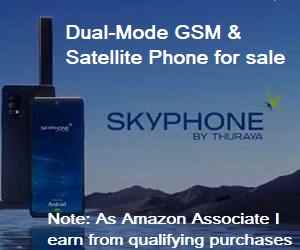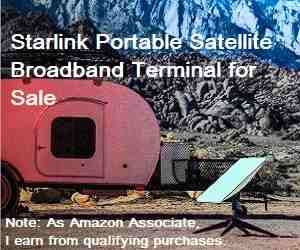If you lease 1 MHz of transponder bandwidth you might use it for:
1. A single carrier.
In this case the symbol rate you can use will be about
1000/1.4 ksps = 714 ksps. Such a single signal will fit within the 1 MHz bandwidth and not cause interference to users of adjacent leased bandwidths.
How much transmission rate bits per second you get then depends on the modulation type.
m = modulation factor (transmission rate bits per symbol). BPSK=1, QPSK=2, 8PSK=3, 8QAM =3, 16QAM=4 etc
Assume 8PSK
So transmission rate is 3 x 714 kbit/s = 2143 kbit/s.
What FEC rate will you use. e.g: 5/16, 1/2, 21/44, 6/7, 3/4, 7/8, 0.95
Assume 3/4.
So information bit rate is 3/4 x 2143 = 1607 kbit/s
2. Two carriers.
Assume one each way between two earth stations.
Each carrier uses 500 kHz bandwidth.
Each carrier = 357 ksps
Each carrier 8PSK 3/4 rate
Each carrier 803 kbit/s information rate.
In both the above cases there is scope for you to try different modulation types and FEC code rates. As you try to increase the end result information bit rate the required Eb/No increases also. Given the specific amount of transponder power allocated to you in proportion to your 1 MHz lease, the result is that your highest throughput will be limited by your earth station sizes.
3. CinC
If it turns out that you have a rather powerful satellite or a pair of rather large earth station antennas, and your two sites are located in the same beam coverage so you can see your own signals, then CinC is worth looking at. Maybe your system is working too well with excessive link margin!.
You might double your capacity by transmitting two carriers on top of one another and cancelling the obvious severe interference using special cancelling equipment.
If your satellite power is normal and you are using normal sizes antennas and your regular 8PSK 3/4 carrier works normally and you have a normal link margin, then CinC will enable you to put your carriers on top of each other but you will need to change to a lower modulation index or alter the FEC to get it to work. You will get a capacity increase somewhere between 1x and 2x, but not the full 2x which assumes excessively large antennas or satellite power.
Note that starting with an excessively good system you might try 16QAM, 32APSK or 64QAM. You need very clean phase noise and linearity so there are implications for up/downconverters, LNBs, BUCs and power supplies.
Don't forget that CinC requires the two sites to be in the same beam so you can see your own signals and cancel them.
Read more:
https://www.comtechefdata.com/technologies/doubletalkCarrier-in-Carrier is a registered trademark of Comtech EF Data.


